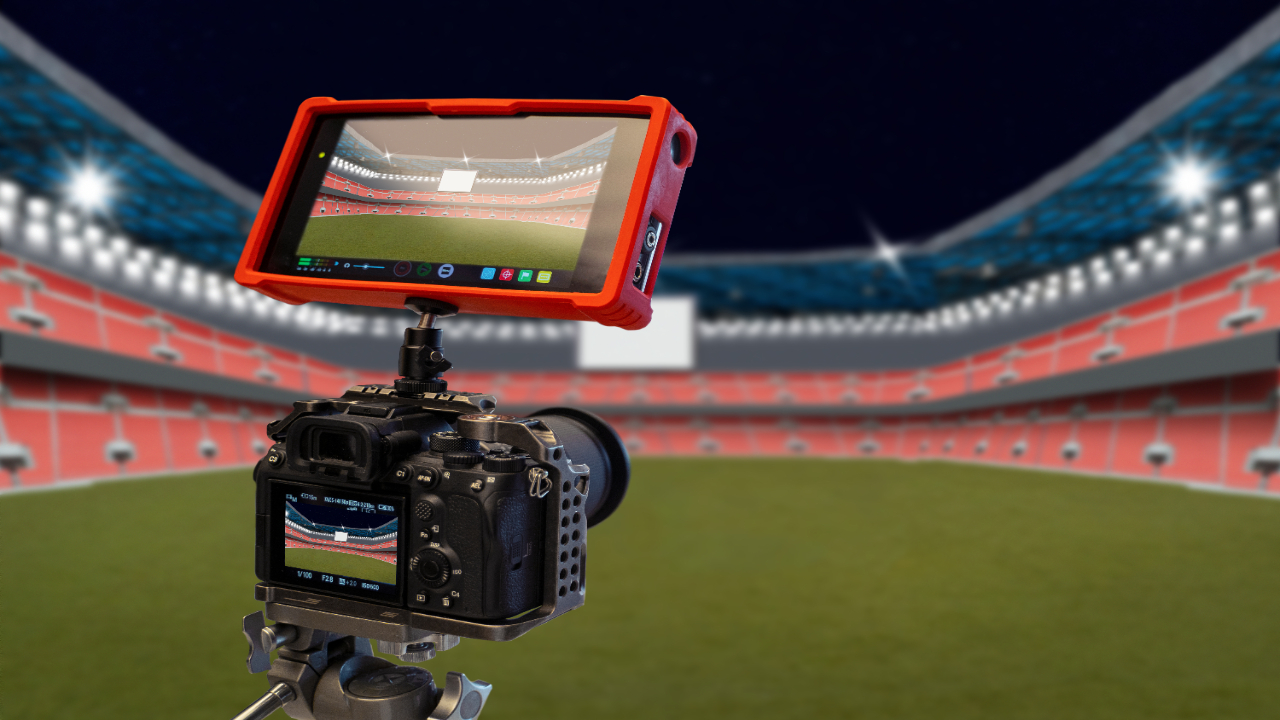In today’s competitive athletic environment, emerging sports technologies are revolutionizing how athletes train, recover, and compete. From wearable fitness devices to data-driven analysis tools, the sports world is embracing cutting-edge solutions to boost performance and minimize injuries. This comprehensive guide explores how these innovations are shaping the future of sports across the UK, USA, Canada, and Australia.
1. What Are Emerging Sports Technologies?
An Introduction to the New Era of Athletics
Emerging sports technologies refer to the latest advancements designed to improve athletic performance, coaching strategies, fan engagement, and sports safety. These technologies span various domains such as biomechanics, performance tracking, sports performance tech, and smart equipment.
As sports evolve, so do the tools used to train and manage athletes. From GPS tracking wearables to AI-powered coaching systems, athletes and coaches now have access to deeper performance insights than ever before.
2. Importance of Technology in Modern Sports
Why Innovation Matters Now More Than Ever
Athletes today are pushing their limits, and emerging sports technologies provide the precision needed to reach peak performance. Whether it’s measuring stride patterns, heart rate variability, or muscle recovery, technology enables smarter decisions and targeted training.
Moreover, coaches can monitor fatigue levels in real-time, reduce injury risk, and tailor fitness programs using innovative athletic equipment like smart insoles, AI cameras, and motion sensors.
3. Types of Emerging Sports Technologies
From Sensors to Software
Let’s break down some key categories:
- Wearable Fitness Devices: Track real-time biometrics, distance, pace, and stress levels.
- AI Coaching Platforms: Provide feedback on form, technique, and improvement areas.
- Virtual Reality Training: Helps athletes improve reaction time and decision-making in game-like scenarios.
- Biometric Monitoring Tools: Measure VO2 max, hydration, sleep cycles, and more.
- Performance Data Software: Analyzes stats for player development and injury prevention.
Each of these contributes uniquely to elevating sports performance across various disciplines.
4. Benefits of Using Emerging Sports Technologies
Optimizing Performance and Reducing Risk
One of the most significant benefits of emerging sports technologies is the ability to make data-informed decisions. Athletes no longer rely solely on instinct or coach feedback; now, they have hard metrics at their fingertips.
Sports performance tech helps reduce overtraining, balance workloads, and personalize recovery. Additionally, the mental health of athletes can be monitored through apps that detect burnout or mood swings, ensuring overall well-being.
5. The Role of Innovative Athletic Equipment
Smarter Gear for Smarter Athletes
Gone are the days of basic sports gear. Today’s innovative athletic equipment integrates sensors, responsive materials, and ergonomic designs that adapt to athletes’ needs. For example:
- Smart shoes that analyze running form
- Connected helmets that monitor impact in real-time
- Compression wear with embedded sensors for muscle tracking
This equipment not only enhances performance but also ensures safety through continuous monitoring.
6. Challenges Facing Emerging Sports Technologies
Overcoming Integration and Adoption Barriers
Despite their benefits, integrating emerging sports technologies comes with challenges:
- High Costs: Advanced tools can be expensive, especially for grassroots teams.
- Data Privacy: Sensitive health and performance data require secure handling.
- Learning Curve: Coaches and athletes must adapt to new systems.
- Tech Dependency: Over-reliance on data may overshadow human intuition.
However, with the right training and investment, these barriers can be successfully navigated.
7. Future Trends in Sports Technology
What’s Coming Next?
The evolution of emerging sports technologies is far from over. Here’s what the future holds:
- AI-Based Injury Prediction
- 5G-Enabled Real-Time Streaming of Metrics
- Augmented Reality Coaching Interfaces
- Personalized Nutrition Apps based on DNA analysis
As tech becomes more accessible, even amateur athletes will benefit from tools once reserved for pros.
8. Choosing the Right Sports Technology Provider
What to Look For in a Service Partner
If you’re considering investing in emerging sports technologies, choose providers that offer:
- Customizable Solutions
- Real-Time Data Dashboards
- Ongoing Support and Training
- Integration with Existing Systems
Whether you’re an athlete, coach, or organization, having a reliable partner can make the transition smoother and more impactful.
Top 8 FAQs on Emerging Sports Technologies
1. What are emerging sports technologies used for?
They are used for performance tracking, injury prevention, training optimization, and athlete health monitoring.
2. Are these technologies only for professional athletes?
No, even amateur and youth athletes can benefit from wearable fitness devices and training analytics.
3. Can emerging sports technologies prevent injuries?
Yes, by monitoring fatigue, biomechanics, and training loads, these tools help reduce injury risk.
4. What is the cost of implementing such technologies?
It varies widely depending on the system, but there are affordable options for small teams and individuals.
5. Is data from wearable devices accurate?
Most modern wearables offer high levels of accuracy, especially when calibrated and used consistently.
6. How do innovative athletic equipment pieces work?
They combine traditional gear with embedded tech (like sensors and Bluetooth) to provide real-time feedback.
7. Is sports technology useful in team sports?
Absolutely! Teams can analyze group dynamics, plan strategies, and evaluate player workloads effectively.
8. Do I need training to use sports tech tools?
Basic training is recommended, especially for software-based tools. Most providers offer tutorials or support.
Conclusion
Emerging sports technologies are transforming how athletes train, coaches strategize, and teams perform. From advanced tracking devices to sports performance tech, these tools are no longer optional—they are essential. As innovation continues, now is the perfect time to embrace technology, whether you’re an individual athlete or a global sports organization.





